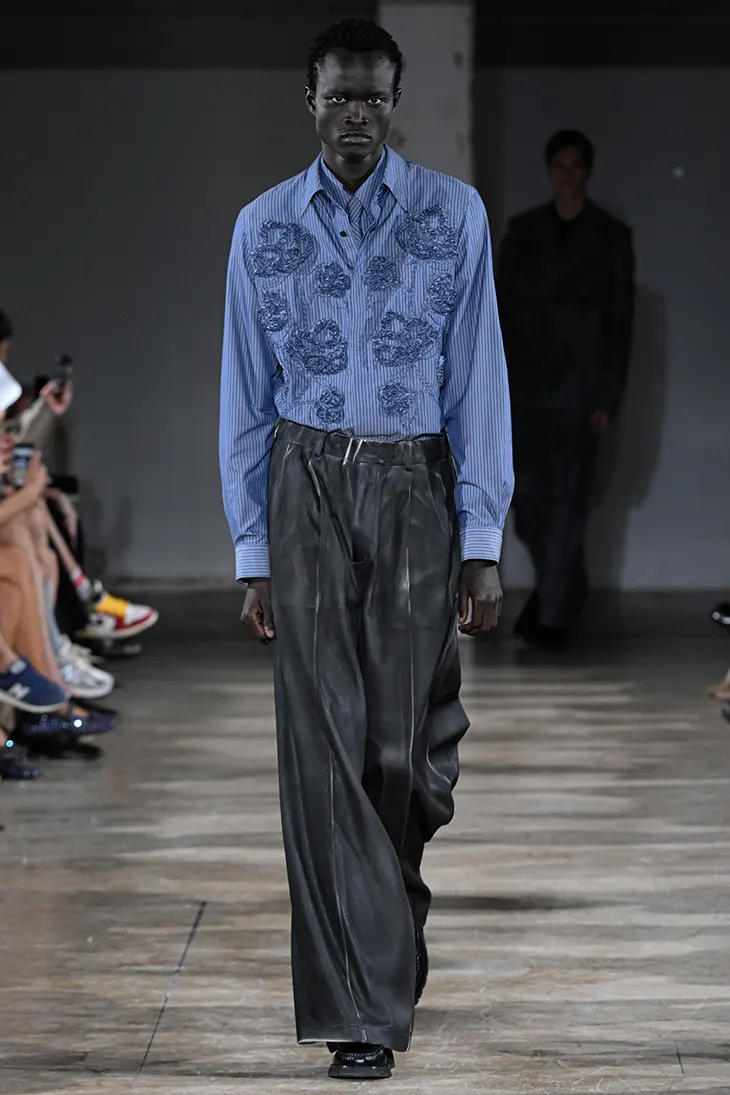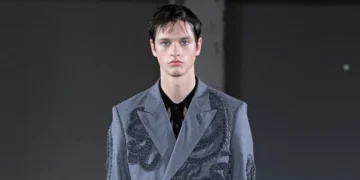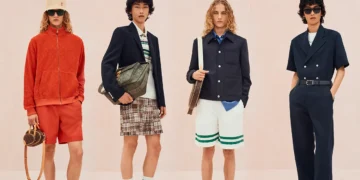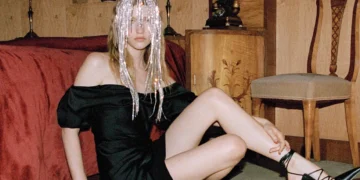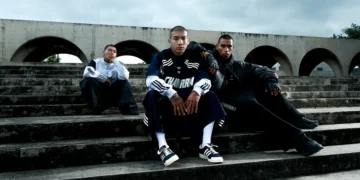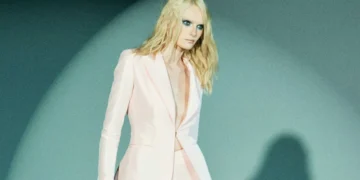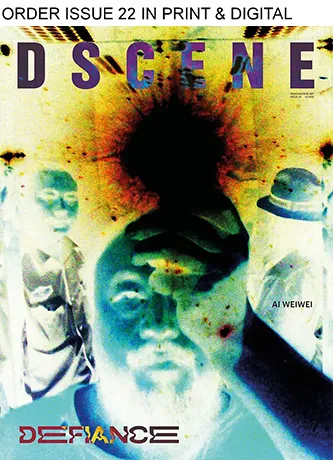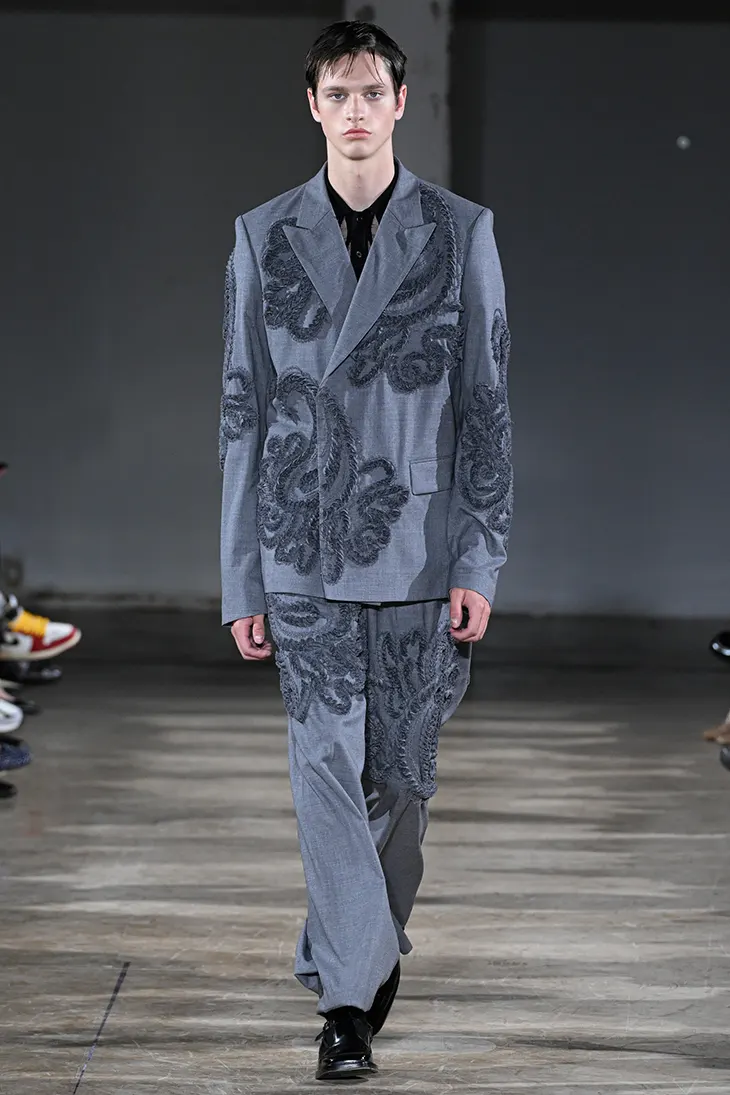
TAAKK Spring Summer 2026 collection continues a focused exploration into the mechanics of creation. The brand presses into the core of its practice: building clothing through material innovation, design discipline, and long-developed technique.
The collection does not rest on conventional silhouettes or expected function. It steps into familiar forms and quietly shifts their center. Designer Takuya Morikawa places each garment within a space where technical precision meets subtle disruption. This season moves through that idea with control, using texture, construction, and material behavior to introduce unease in just the right places.
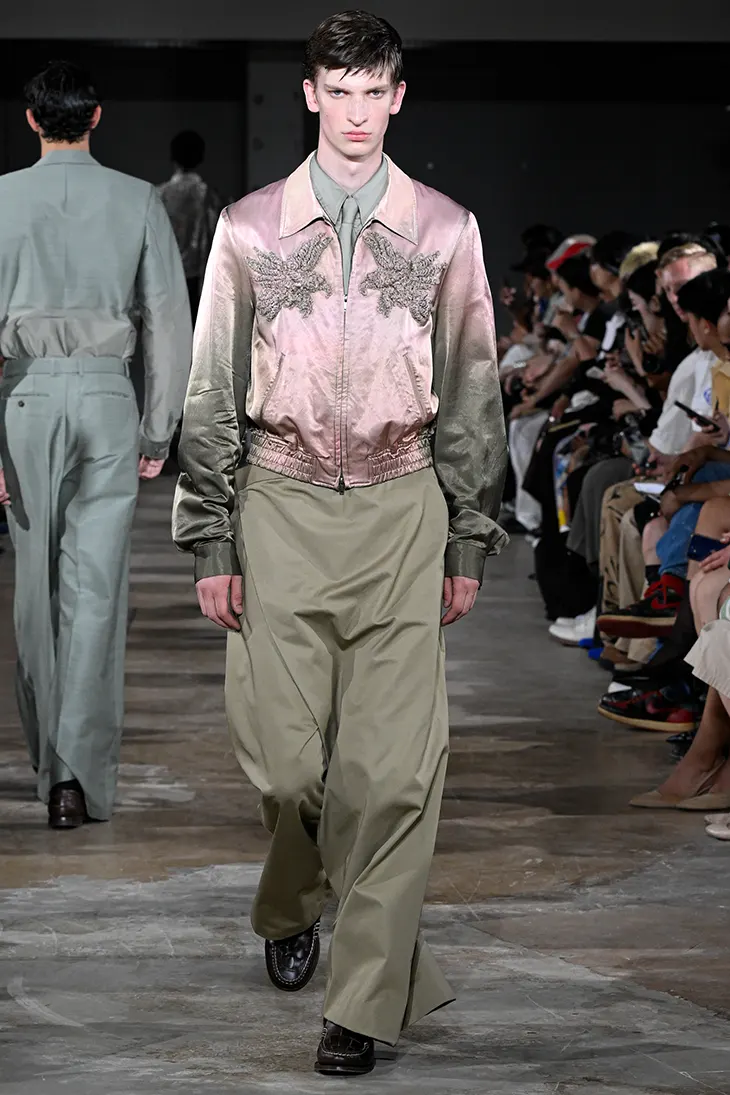
At the foundation of this work lies the knowledge of artisans. TAAKK uses thread, dye, fabric processing, and embroidery as active tools to shape and build. Years of trial, repetition, and experimentation shape the collection’s construction.
One glance at a garment may suggest intention in every stitch. For Morikawa, the final product captures only a fraction of his imagined form. The design reveals part of the concept, leaving the rest embedded in the process that brought it to life. This distance between thought and execution drives the work forward.
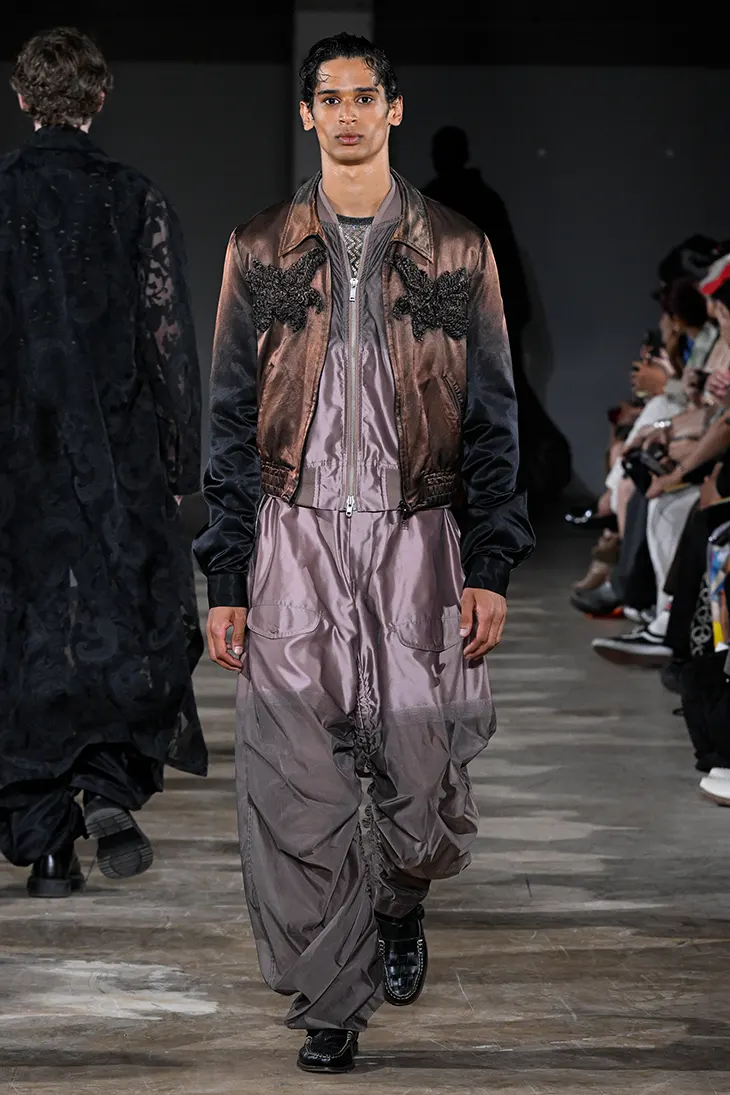
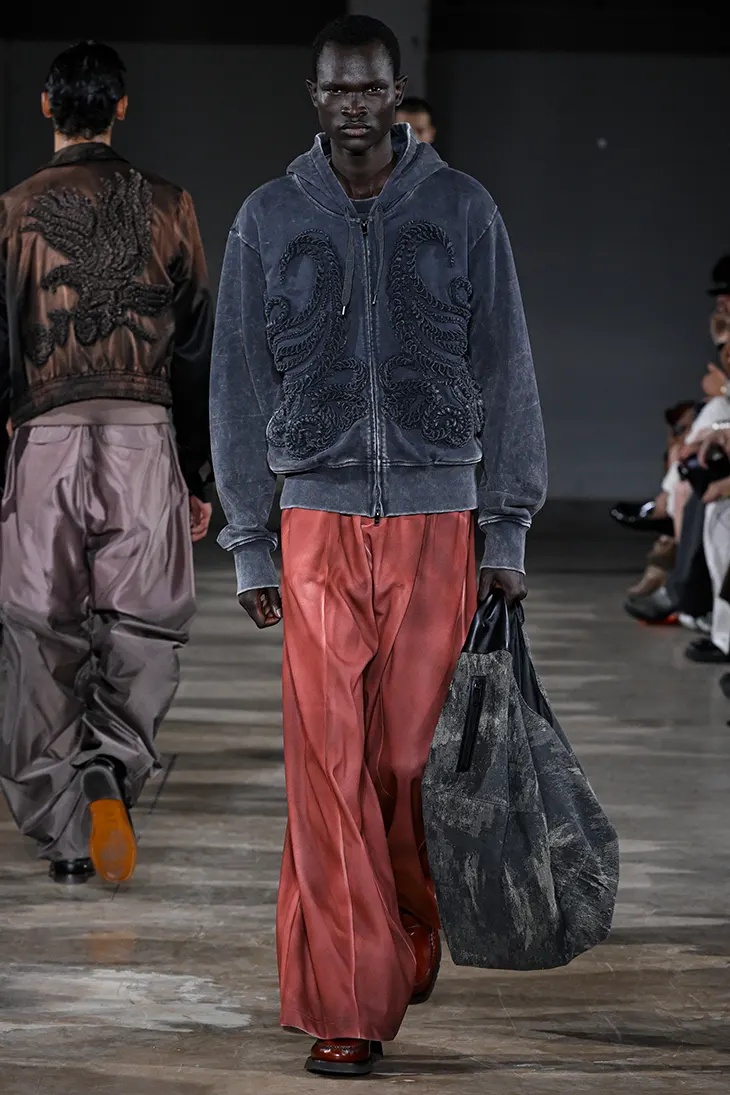
Two material directions anchor the Spring Summer 2026 season. The first focuses on the evolution of TAAKK’s sculptural embroidery. The brand no longer applies these techniques as embellishment. Instead, embroidery builds form. It introduces volume and structure that shifts the garment’s silhouette. This embroidery carries dimension and weight. Its new role moves beyond ornament, it becomes a component of design that interacts with the wearer’s sense of space and tactility.
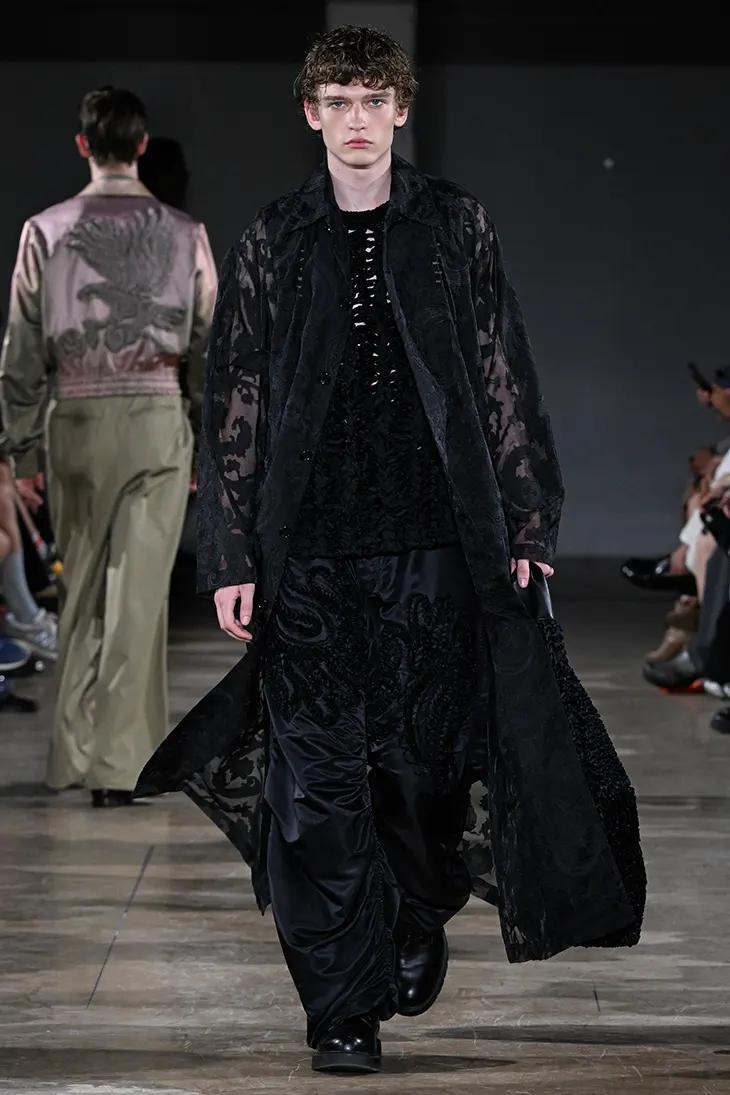
The second material focus centers on TAAKK’s gradient fabric. A signature of the brand, the textile continues to develop. This season, Morikawa pushes its function further. He creates transitions that move beyond color, shifting between garments themselves. Broadcloth transforms into pinstriped suiting. Suiting materials fade into shirting fabric. These transformations question categories, inviting viewers to rethink the role and shape of what they see. The fabric changes identity across one continuous surface, disrupting the separation between formal and casual, structured and soft.
The designer doesn’t treat material innovation as a goal. He uses it as a method to engage more directly with the act of making. Each alteration, each shift in fabric or form, moves the garment closer to what Morikawa calls the essence of creation.
